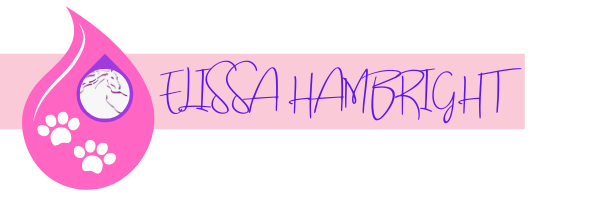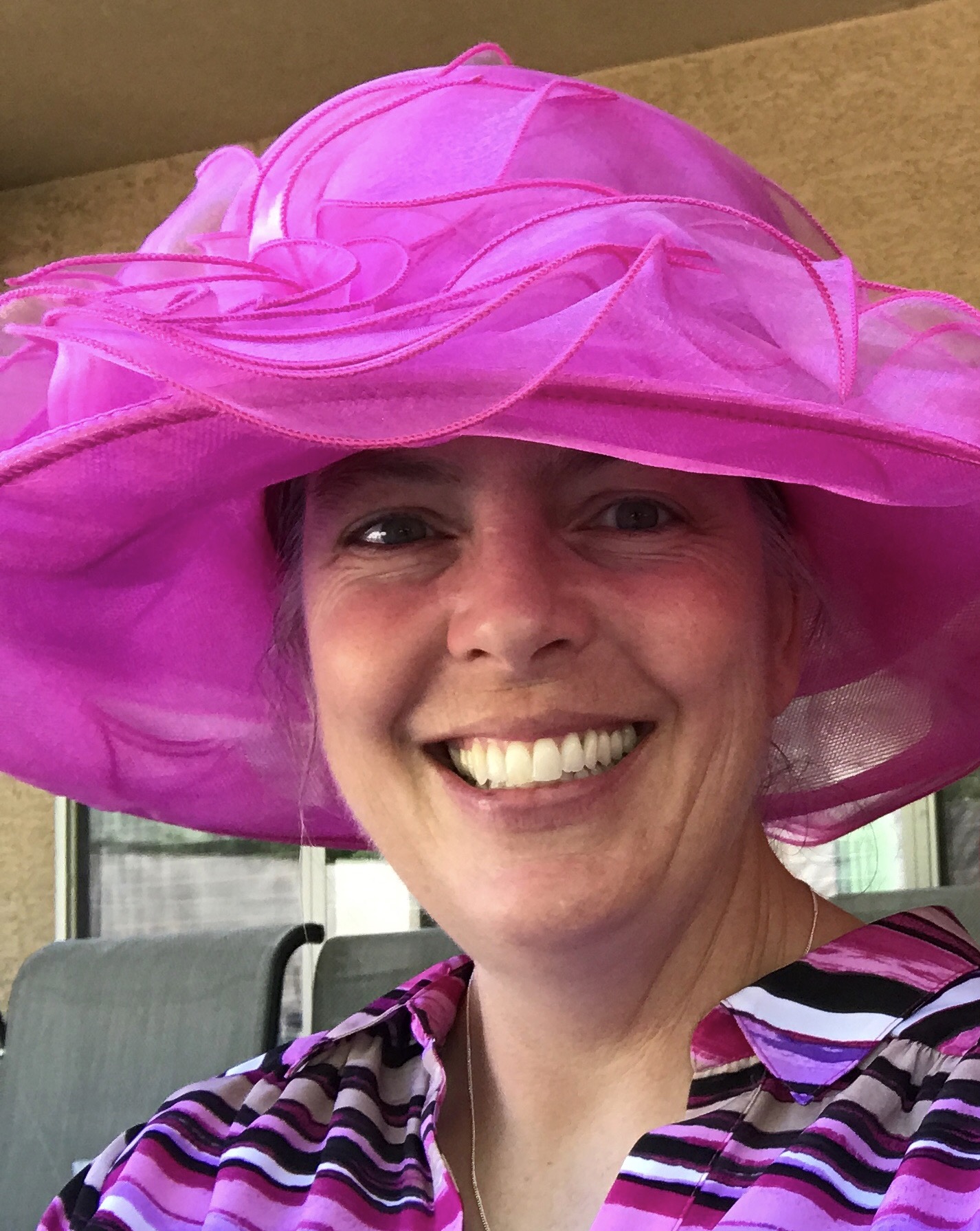
Essential oils have been used for their health properties for centuries, and they continue to increase in popularity today. Unlike synthetic air fresheners that contain harsh chemicals and artificial fragrances, pure essential oils are derived from natural sources, making them a safer and chemical-free way to promote relaxation, improve mood, and boost mental clarity. When diffused, essential oils can help purify the air and neutralize unpleasant odors, providing a fresh and natural scent. Using an essential oil diffuser is one of the easiest and most convenient ways to enjoy the benefits of aromatherapy.
There are several types of essential oil diffusers on the market today, each with their own unique features and benefits. In this blog post, we'll explore the most popular types of essential oil diffusers, how they work, how to use them, and how to choose the one that’s right for you.
Unlike other methods of using essential oils, such as topical application or ingestion, diffusing essential oils requires no special knowledge or training. All you need is an essential oil diffuser and your favorite premium and pure essential oil. Diffusing essential oils can be done anywhere, whether in your home, office, or even in your car. Essential oil diffusers come in a variety of styles and sizes, making it easy to find one that fits your needs and preferences. By simply adding a few drops of essential oil to your diffuser, you can create a relaxing and uplifting atmosphere, and enjoy the many benefits of aromatherapy. Using an essential oil diffuser also dilutes the essential and can be a safe way to use essential oils with your dog. For more info on diffusing essential oils specifically for your dog, click HERE.
Different Types Of Oil Diffusers
- Ultrasonic Diffusers
Ultrasonic diffusers are one of the most popular types of essential oil diffusers on the market today. They work by using ultrasonic vibrations to break down the essential oil into tiny particles and disperse them into a fine mist in the air. Ultrasonic diffusers are easy to use, and they often come with various settings for the amount of mist output and the length of time you want the diffuser to run. These diffusers are also relatively quiet, making them ideal for use in bedrooms and offices.
To use an ultrasonic diffuser, begin by filling the water reservoir with water and adding your preferred essential oil. The amount of essential oil needed will vary based on the size of the diffuser. Manufacturer guidelines usually provide a recommended range, so start on the lower end and adjust to your preference. Once you have added the oil, turn on the diffuser, and it will begin dispersing the essential oil into the air, providing a pleasant aroma to your space.
- Nebulizing Diffusers
Nebulizing diffusers are another popular type of essential oil diffuser. They work by using a pressurized air stream to break down the essential oil into small particles, which are then dispersed into the air. Unlike ultrasonic diffusers, nebulizing diffusers do not use water, making them ideal for people who prefer a more potent aroma. Using a nebulizer for essential oils can also be more convenient as it allows you to leave your essential oil hooked up, enabling you to simply turn the nebulizer on or off as needed. This can minimize the daily setup required compared to an ultrasonic diffuser, making it a more efficient option.
Using a nebulizing diffuser is a straightforward process. For most models, all you need to do is connect your essential oil bottle and adjust the flow and time settings based on your desired level of diffusion. The nebulizing diffuser will then create a fine mist of essential oil that quickly disperses throughout the room, delivering the benefits of aromatherapy efficiently and effectively.
- Heat diffusers
Heat diffusers work by using heat to evaporate the essential oil into the air. These diffusers are easy to use and are often more affordable than ultrasonic or nebulizing diffusers. However, heat diffusers can be less effective at dispersing essential oils evenly throughout a room. Heat will also degrade the essential oil lessening its health advantages.
Heat diffusers are available in two types: electric plug-in and candle-based. To use a heat diffuser, add a few drops of your preferred essential oil to the diffuser and turn it on or light the candle, depending on the type of heat diffuser you have. As the diffuser heats up, the essential oil will evaporate into the air, releasing its aroma.
4. Evaporative Diffusers
Evaporative diffusers are another popular type of essential oil diffuser. They work by using a fan to blow air over a pad or filter that has been infused with essential oils. The air then carries the essential oil particles into the room. Evaporative diffusers are easy to use and often come in portable, battery-operated models.
To use an evaporative diffuser, simply add a few drops of your favorite essential oil to the pad or filter, and turn on the diffuser. The fan will blow air over the pad or filter, dispersing the essential oil particles into the air.
Choosing the best essential oil diffuser depends on your personal preferences, needs, and budget. Here are a few factors to consider when selecting an essential oil diffuser:
- Type of diffuser: Consider which type of diffuser you prefer - ultrasonic, nebulizing, heat, or evaporative. Each has its own benefits and drawbacks.
- Room size: Consider the size of the room you want to diffuse oils in. Choose a diffuser that can cover the size of your room effectively. A larger diffuser may be needed for bigger spaces.
- Capacity: Consider the water capacity of the diffuser. A larger capacity diffuser will run longer than a smaller one.
- Run time: Consider the run time of the diffuser. Some diffusers run for several hours, while others may only run for a few hours.
- Noise level: Consider the noise level of the diffuser. Some diffusers operate silently, while others may make noise.
- Design: Consider the design of the diffuser. There are many styles and colors to choose from to fit your decor.
- Safety features: Consider the safety features of the diffuser, such as automatic shut-off when the water runs out.
- Price: Consider your budget. There are many affordable diffusers on the market, as well as more expensive models.
By considering these factors, you can choose the best essential oil diffuser for your needs and preferences.
In conclusion, using an essential oil diffuser is an excellent way to enjoy the benefits of aromatherapy. With four main types of diffusers available, choosing the one that suits your needs and preferences is easy. Whether you prefer a gentle mist, a strong aroma, or a more affordable option, there is a diffuser that can provide the desired outcome. By selecting the best diffuser for your needs and using it regularly, you can create a relaxing and beneficial environment in your home or office. Ultimately, using an essential oil diffuser is an easy way to benefit from the powerful properties of essential oils and enhance your overall well-being.
My favorite diffuser and essential oils come from Young Living Essential Oils. What sets Young Living apart from other essential oil companies is their Seed to Seal guarantee, which ensures that their oils are pure and safe for use. This is especially important if you have a multiple dog household like me. By choosing Young Living, you can have peace of mind that you are using pure and high-quality essential oils that are safe for both you and your pets. Click HERE to grab my favorite diffuser! (This is an affiliate link and I earn a small commission at no cost to you. Thanks for supporting my small business!)










0 Comments